Home>Construction & Tools>Building Materials>How To Fix Stair Step Cracks In Brick
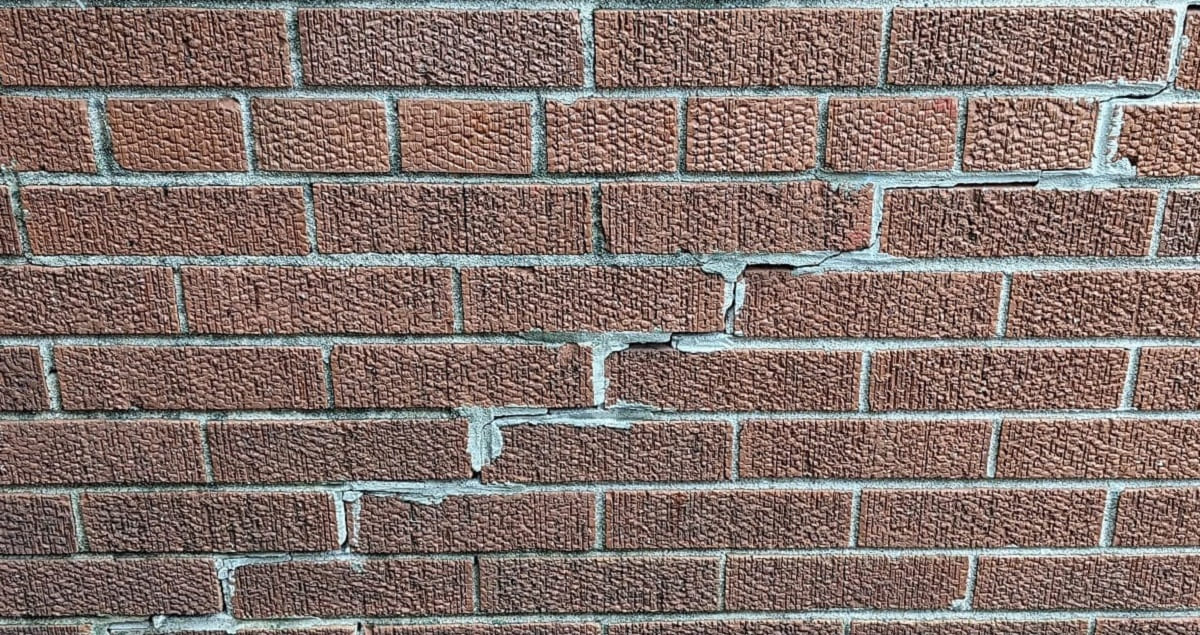

Building Materials
How To Fix Stair Step Cracks In Brick
Modified: January 23, 2024
Learn effective methods for repairing stair step cracks in brick using building materials. Follow our expert tips to fix the cracks and restore the structural integrity of your brickwork.
(Many of the links in this article redirect to a specific reviewed product. Your purchase of these products through affiliate links helps to generate commission for Storables.com, at no extra cost. Learn more)
Introduction
Stair step cracks in brick can be a cause for concern for homeowners and property owners. These distinctive cracks, resembling a set of stairs, often indicate underlying structural issues that need to be addressed promptly. While they may appear daunting, with the right knowledge and tools, it is possible to effectively repair these cracks and restore the integrity of the brickwork.
In this comprehensive guide, we will delve into the intricacies of stair step cracks in brick, providing a detailed understanding of their causes and implications. Furthermore, we will equip you with the essential tools and materials required for the repair process. By following the step-by-step instructions outlined in this article, you will gain the expertise needed to tackle this common issue with confidence.
Understanding the nature of stair step cracks in brick is crucial for devising an effective repair strategy. By familiarizing yourself with the underlying causes and potential consequences of these cracks, you will be better equipped to address the problem at its root. Additionally, we will explore the step-by-step process of fixing stair step cracks in brick, ensuring that you have a clear roadmap for executing the necessary repairs.
Whether you are a seasoned DIY enthusiast or a homeowner looking to address this issue, this guide will provide you with the knowledge and skills required to tackle stair step cracks in brick effectively. With a proactive approach and the right resources at your disposal, you can safeguard the structural integrity of your property and ensure that your brickwork remains strong and resilient for years to come.
Now, let's delve into the intricacies of stair step cracks in brick and equip ourselves with the knowledge and tools needed to address this common issue effectively.
Key Takeaways:
- Stair step cracks in brick can signal serious structural issues caused by foundation movement or settlement. Understanding the causes and using the right tools and materials can help homeowners fix these cracks effectively.
- By following a step-by-step repair process and using tools like masonry chisels and mortar mix, property owners can restore the integrity of their brickwork and prevent further damage.
Understanding stair step cracks in brick
Stair step cracks in brick are a distinctive type of crack that often raises concerns among property owners. These cracks typically manifest as a series of diagonal lines resembling a set of stairs, hence the name. Understanding the underlying causes and implications of these cracks is essential for devising an effective repair strategy and preventing further structural damage.
Causes of Stair Step Cracks
Stair step cracks in brick are commonly attributed to foundation settlement or movement. When the soil beneath a building's foundation shifts or settles unevenly, it exerts pressure on the structure, leading to the formation of these distinctive cracks. Additionally, inadequate drainage, expansive clay soil, or poor construction practices can contribute to the development of stair step cracks.
Implications of Stair Step Cracks
These cracks can signify significant structural issues that require immediate attention. If left unaddressed, stair step cracks can compromise the stability and safety of the building. They may also indicate ongoing foundation movement, which, if not rectified, can lead to more severe structural damage over time.
Identifying the Severity
It is crucial to assess the severity of stair step cracks to determine the appropriate course of action. Hairline cracks may be superficial and primarily cosmetic, while wider or more pronounced cracks often indicate more substantial structural concerns. Engaging a professional to conduct a thorough inspection can provide valuable insights into the extent of the damage and the necessary repairs.
Read more: How To Replace Steps On Stairs
Prevention and Maintenance
Preventative measures, such as ensuring proper drainage around the foundation and addressing any underlying soil issues, can help mitigate the risk of stair step cracks in brick. Regular maintenance and timely repairs to address any signs of foundation movement or settlement can also contribute to the long-term structural integrity of the building.
By gaining a comprehensive understanding of the causes, implications, and preventative measures related to stair step cracks in brick, property owners can take proactive steps to address these issues effectively. With this knowledge as a foundation, we can now explore the essential tools and materials required for repairing stair step cracks in brick.
Tools and materials needed
Repairing stair step cracks in brick requires a specific set of tools and materials to ensure a thorough and effective restoration process. By assembling the following items, you will be well-prepared to address the cracks and restore the structural integrity of the brickwork.
Tools:
-
Masonry Chisel: A sturdy masonry chisel is essential for carefully removing any loose or damaged mortar from the cracked areas. This tool enables precise and controlled removal, preparing the surface for repair.
-
Hammer: A reliable hammer is indispensable for gently tapping the masonry chisel and breaking up deteriorated mortar. It facilitates the controlled removal of damaged material, allowing for precise preparation of the crack for repair.
-
Wire Brush: A high-quality wire brush is crucial for cleaning the cracked areas and removing any debris, loose mortar, or contaminants. This tool ensures that the surface is thoroughly prepped for the repair process, promoting strong adhesion of the new mortar.
-
Trowel: A durable trowel is essential for applying the new mortar to the cracked areas. It enables precise and uniform application, ensuring that the repaired sections seamlessly blend with the existing brickwork.
-
Masonry Jointer: This specialized tool is used to create a uniform and professional finish on the repaired mortar joints. It helps achieve a cohesive and aesthetically pleasing result, enhancing the overall appearance of the restored brickwork.
-
Safety Gear: Prioritize safety by equipping yourself with protective gear, including gloves, safety goggles, and a dust mask. These items are essential for safeguarding against potential hazards during the repair process.
Materials:
-
Mortar Mix: Select a high-quality mortar mix that matches the composition and color of the existing mortar. This ensures a seamless and cohesive repair, preserving the visual continuity of the brickwork.
-
Bonding Agent: A bonding agent enhances the adhesion of the new mortar to the existing brick and mortar surfaces. It promotes a strong and durable bond, reinforcing the structural integrity of the repaired areas.
-
Water: Clean water is essential for preparing the mortar mix to the appropriate consistency. Ensure access to a water source for mixing the mortar and achieving the desired workability.
-
Protective Sealant (Optional): Consider applying a protective sealant to the repaired areas to enhance durability and resistance to moisture and environmental elements. This optional step can contribute to the long-term preservation of the restored brickwork.
By assembling these essential tools and materials, you will be well-equipped to undertake the repair of stair step cracks in brick with confidence and precision. With the foundation laid for the repair process, we can now proceed to the step-by-step guide for effectively addressing these distinctive cracks.
Read more: How High Is A Step On Stairs
Step-by-step guide to fixing stair step cracks in brick
Repairing stair step cracks in brick requires a systematic approach to ensure a thorough and lasting restoration. By following this step-by-step guide, you can effectively address the cracks and restore the structural integrity of the brickwork.
-
Assess the Cracks: Begin by carefully examining the stair step cracks to determine their depth and extent. Use a wire brush to clean the cracked areas, removing any loose debris and old mortar. Assess the severity of the cracks and identify any underlying structural issues that may have contributed to their formation.
-
Prepare the Surface: Utilize a masonry chisel and hammer to gently remove any deteriorated or loose mortar from the cracks. Take care to create clean and uniform edges along the cracked areas, ensuring a solid foundation for the repair. Thoroughly clean the exposed brick and mortar surfaces with the wire brush to promote strong adhesion of the new mortar.
-
Mix the Mortar: Prepare the mortar mix according to the manufacturer's instructions, ensuring the appropriate consistency for easy application. Add the bonding agent to enhance the adhesion and strength of the mortar. Consistency is key, so aim for a workable mix that facilitates smooth application and optimal bonding.
-
Apply the Mortar: Using a trowel, carefully apply the prepared mortar into the cleaned and prepped cracks. Ensure that the mortar fills the cracks completely and is leveled with the surrounding brickwork. Work methodically to achieve a uniform and seamless integration of the new mortar with the existing structure.
-
Shape and Finish: Once the mortar is in place, use the masonry jointer to create a professional finish on the repaired joints. This step ensures a cohesive and aesthetically pleasing result, blending the repaired areas with the surrounding brickwork. Take time to achieve a consistent and visually appealing finish.
-
Allow for Curing: Allow the repaired mortar to cure as per the manufacturer's recommendations. This crucial step is essential for the mortar to achieve its full strength and durability. Protect the repaired areas from excessive moisture and physical disturbances during the curing process.
-
Optional Sealant Application: Consider applying a protective sealant to the repaired areas once the mortar has fully cured. A high-quality sealant can enhance the durability and weather resistance of the restored brickwork, providing long-term protection against environmental elements.
By following these comprehensive steps, you can effectively repair stair step cracks in brick and restore the structural integrity of the affected areas. Prioritize precision and attention to detail throughout the process to achieve a seamless and long-lasting restoration. With the completion of these steps, you can take pride in safeguarding the strength and visual appeal of your brickwork.
Conclusion
In conclusion, addressing stair step cracks in brick requires a combination of understanding the underlying causes, assembling the necessary tools and materials, and following a systematic repair process. By gaining insight into the factors contributing to these distinctive cracks, property owners can take proactive measures to mitigate the risk of structural damage and ensure the long-term stability of their buildings.
The comprehensive understanding of stair step cracks, including their causes and implications, empowers property owners to identify and address these issues effectively. By recognizing the signs of foundation settlement, inadequate drainage, or soil-related concerns, individuals can take timely action to prevent the development of stair step cracks and safeguard the structural integrity of their properties.
Equipped with the essential tools and materials, property owners can embark on the repair process with confidence and precision. The careful selection of tools, including masonry chisels, hammers, wire brushes, and trowels, ensures that the repair work is carried out with meticulous attention to detail. Additionally, the use of high-quality mortar mix, bonding agents, and optional protective sealants contributes to the durability and longevity of the restored brickwork.
The step-by-step guide provided in this article offers a clear roadmap for effectively addressing stair step cracks in brick. By following the systematic approach outlined, property owners can navigate the repair process with ease, from assessing the cracks and preparing the surfaces to applying the mortar and achieving a professional finish. This methodical approach, coupled with a focus on precision and consistency, enables property owners to restore the structural integrity of their brickwork with lasting results.
Ultimately, the successful repair of stair step cracks in brick not only addresses immediate concerns but also contributes to the overall resilience and visual appeal of the property. By prioritizing proactive maintenance and timely repairs, property owners can uphold the strength and aesthetic quality of their brickwork, ensuring that it remains a durable and enduring feature of their buildings.
In essence, this comprehensive guide equips property owners with the knowledge and resources needed to tackle stair step cracks in brick effectively. By embracing a proactive and informed approach, individuals can safeguard their properties against the structural implications of these distinctive cracks, fostering a secure and visually appealing environment for years to come.
Frequently Asked Questions about How To Fix Stair Step Cracks In Brick
Was this page helpful?
At Storables.com, we guarantee accurate and reliable information. Our content, validated by Expert Board Contributors, is crafted following stringent Editorial Policies. We're committed to providing you with well-researched, expert-backed insights for all your informational needs.
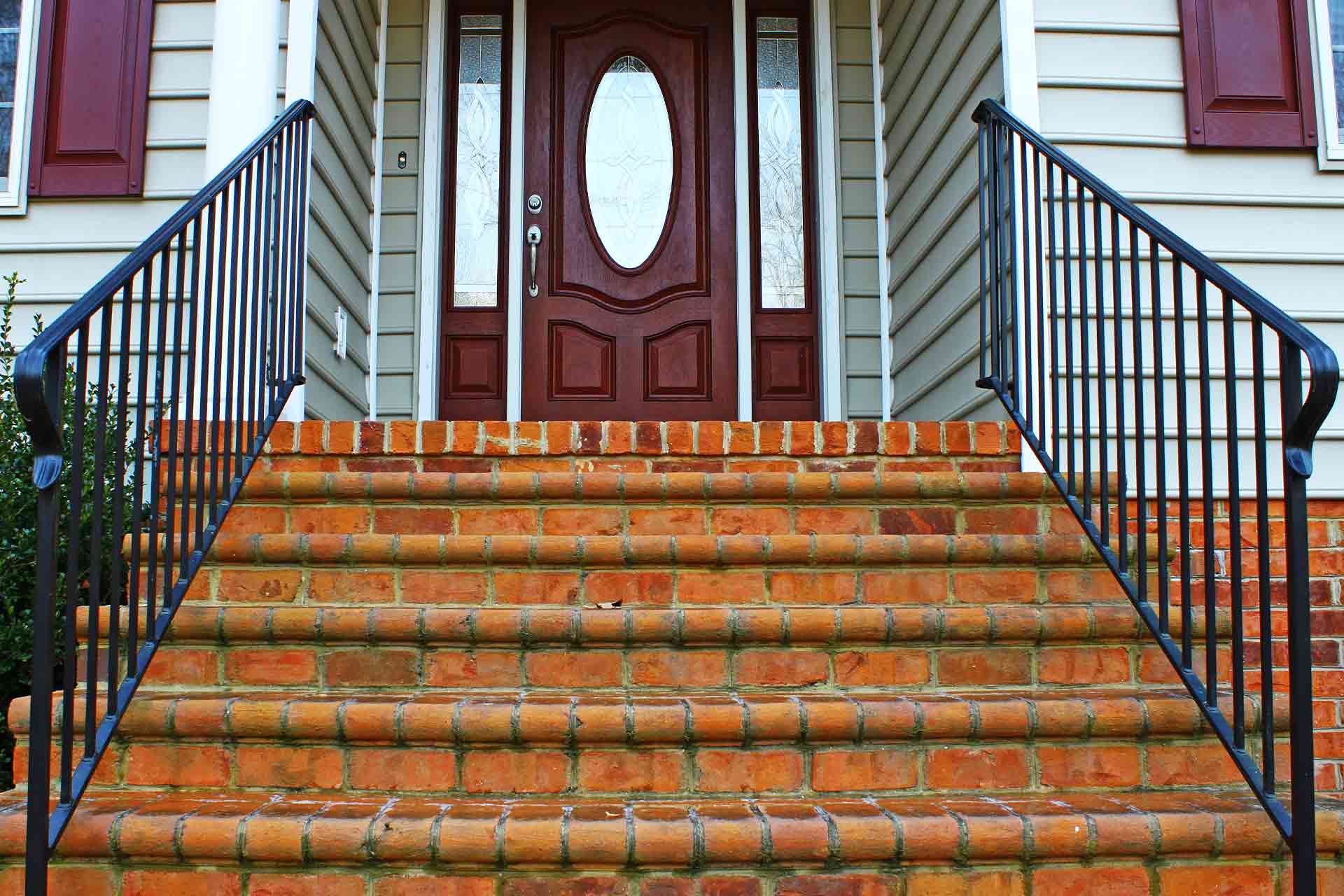
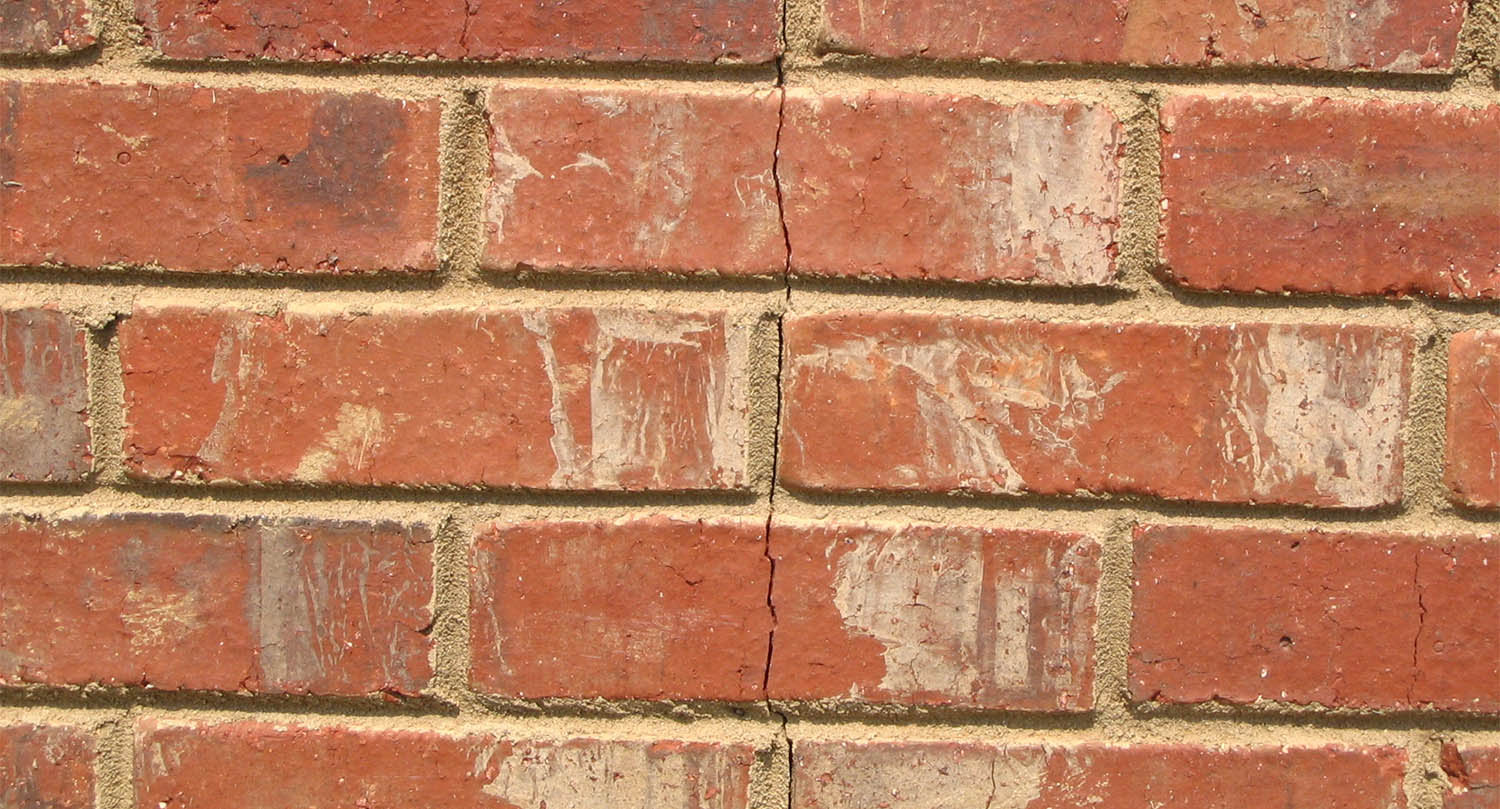
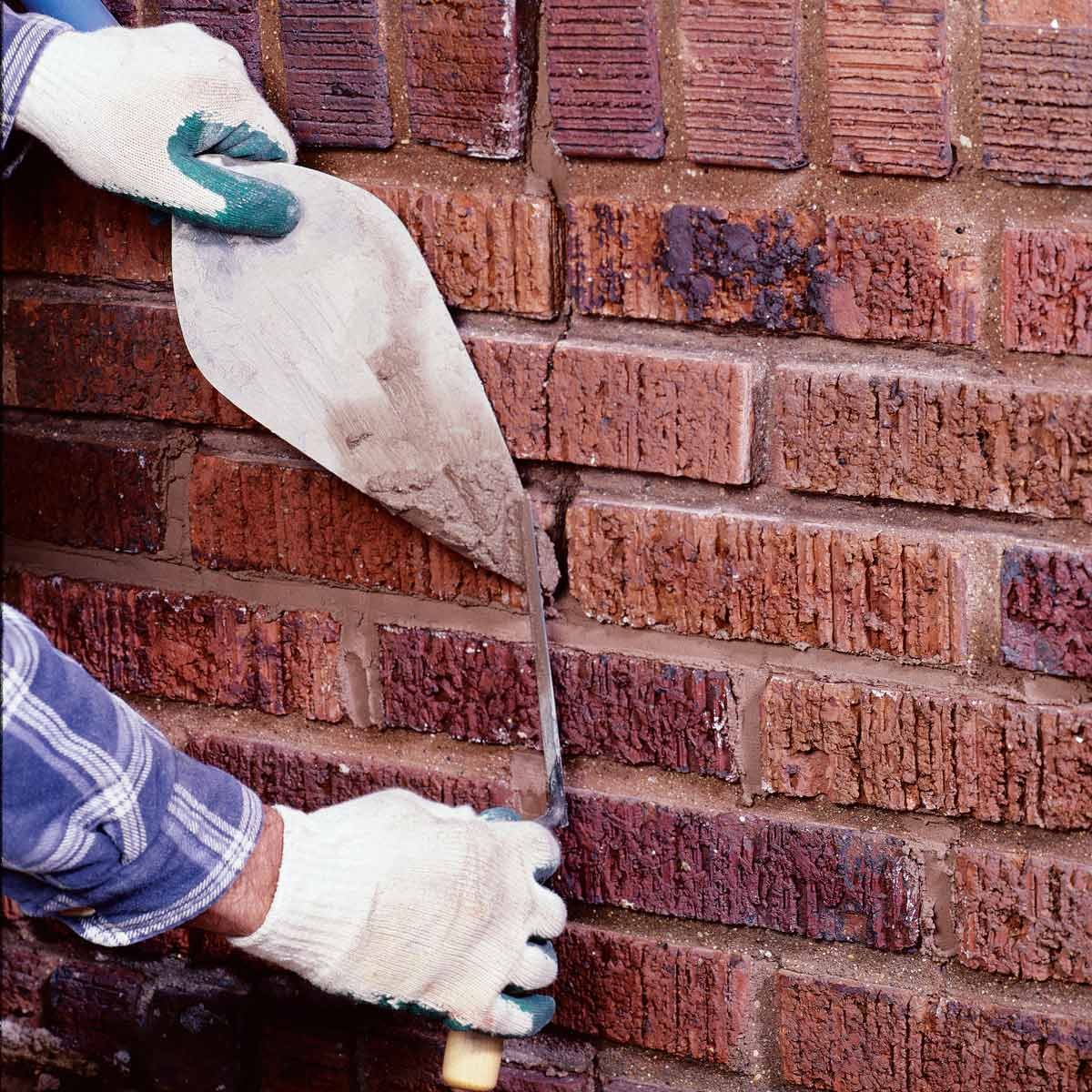
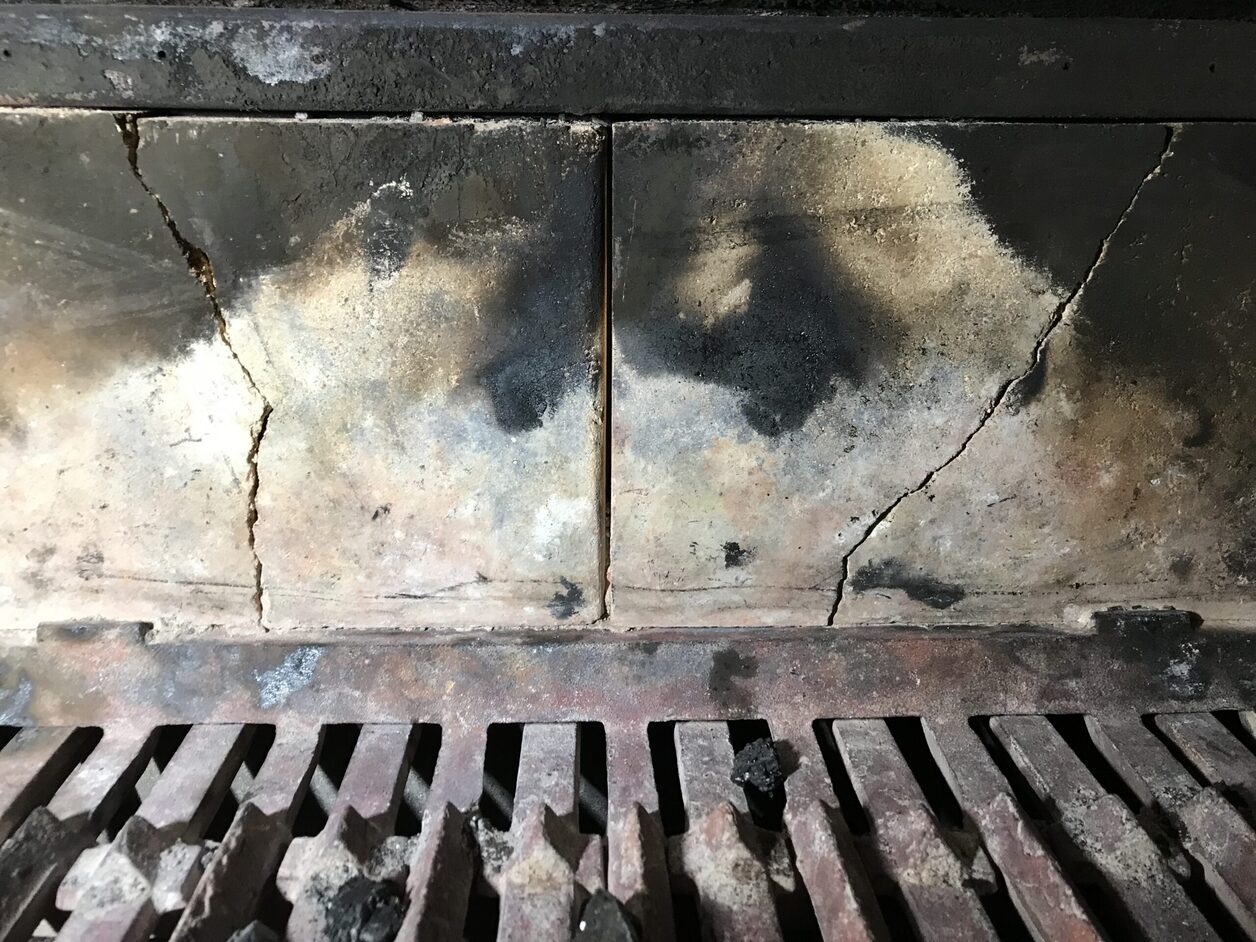
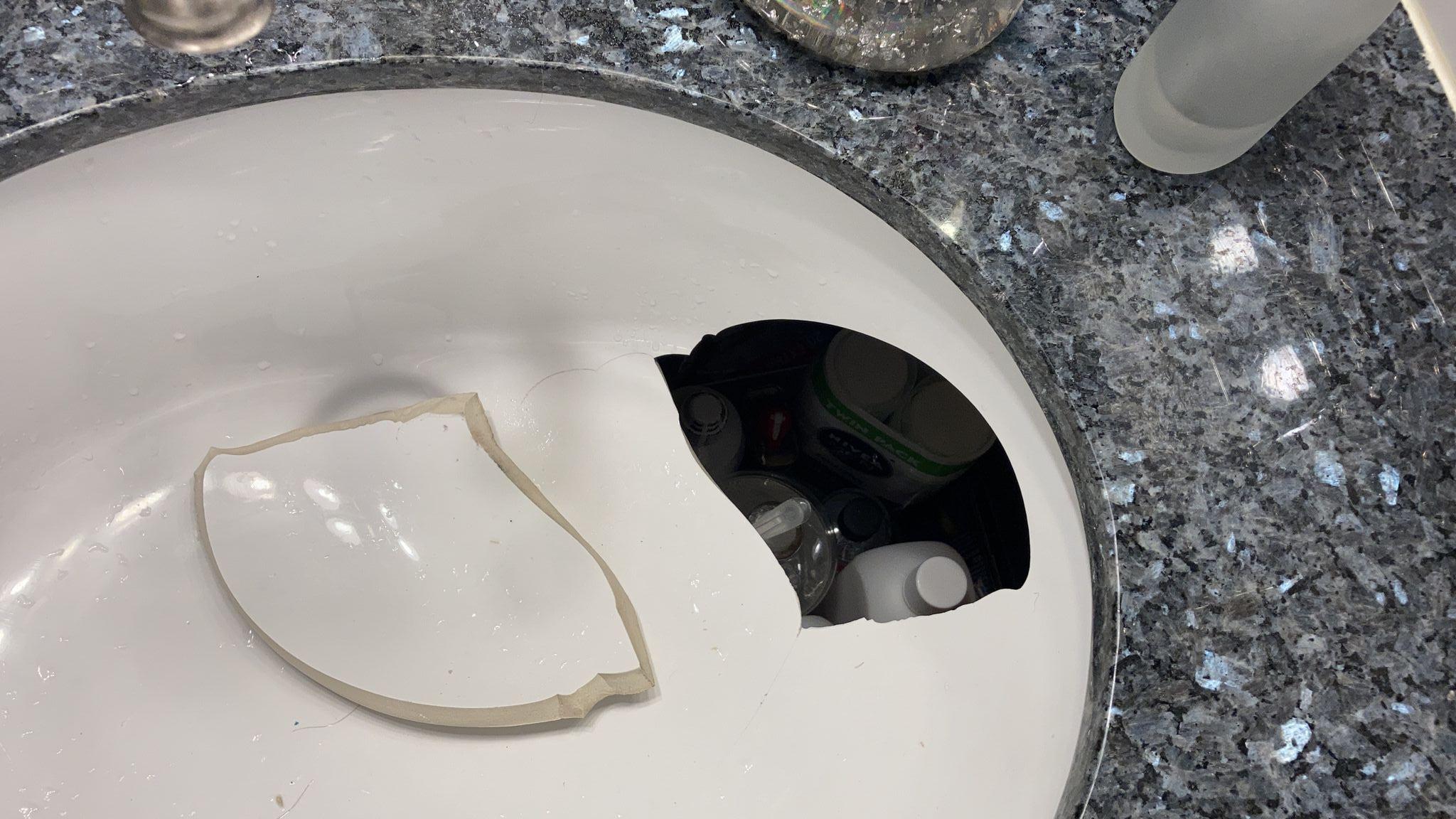
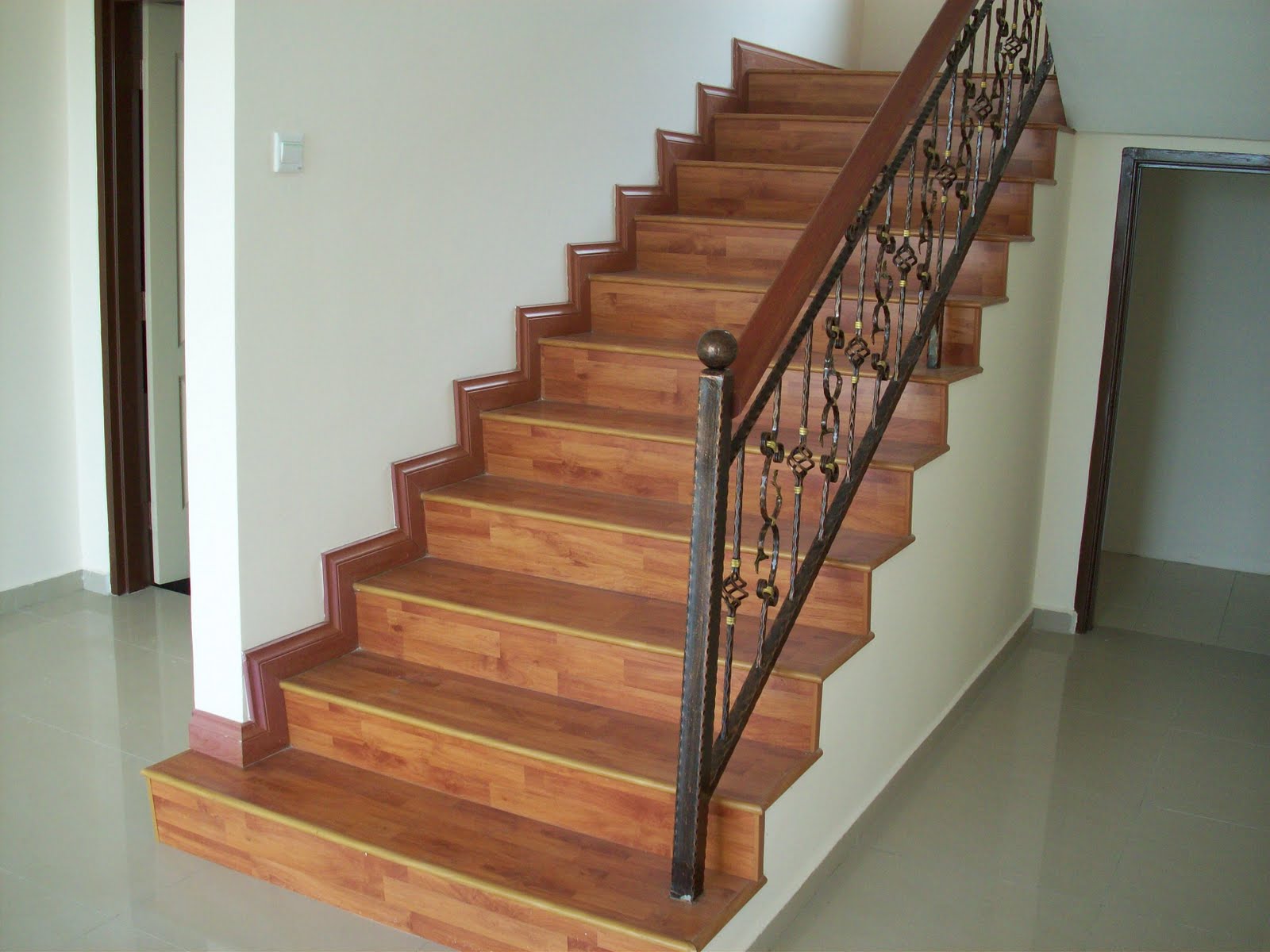
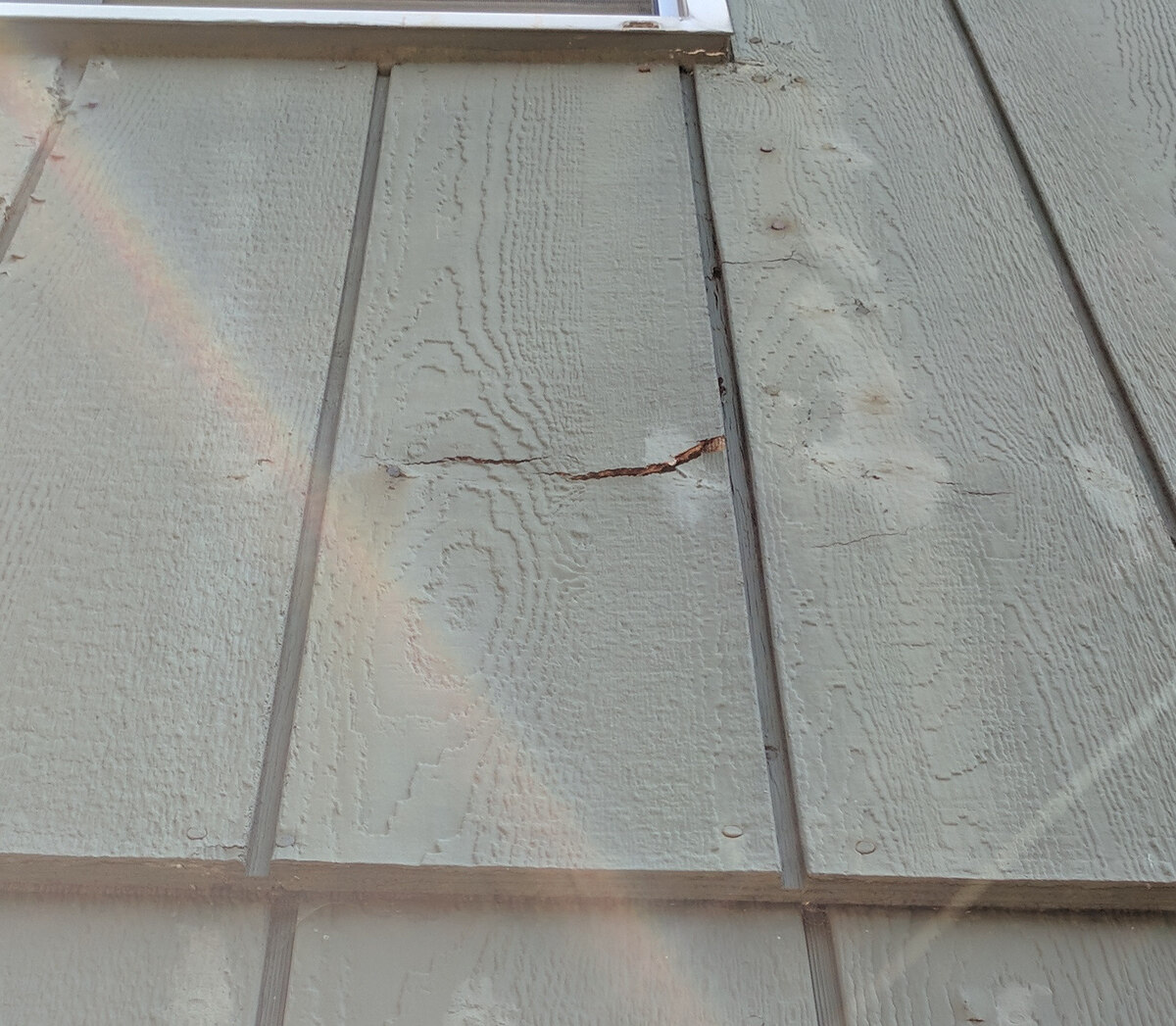
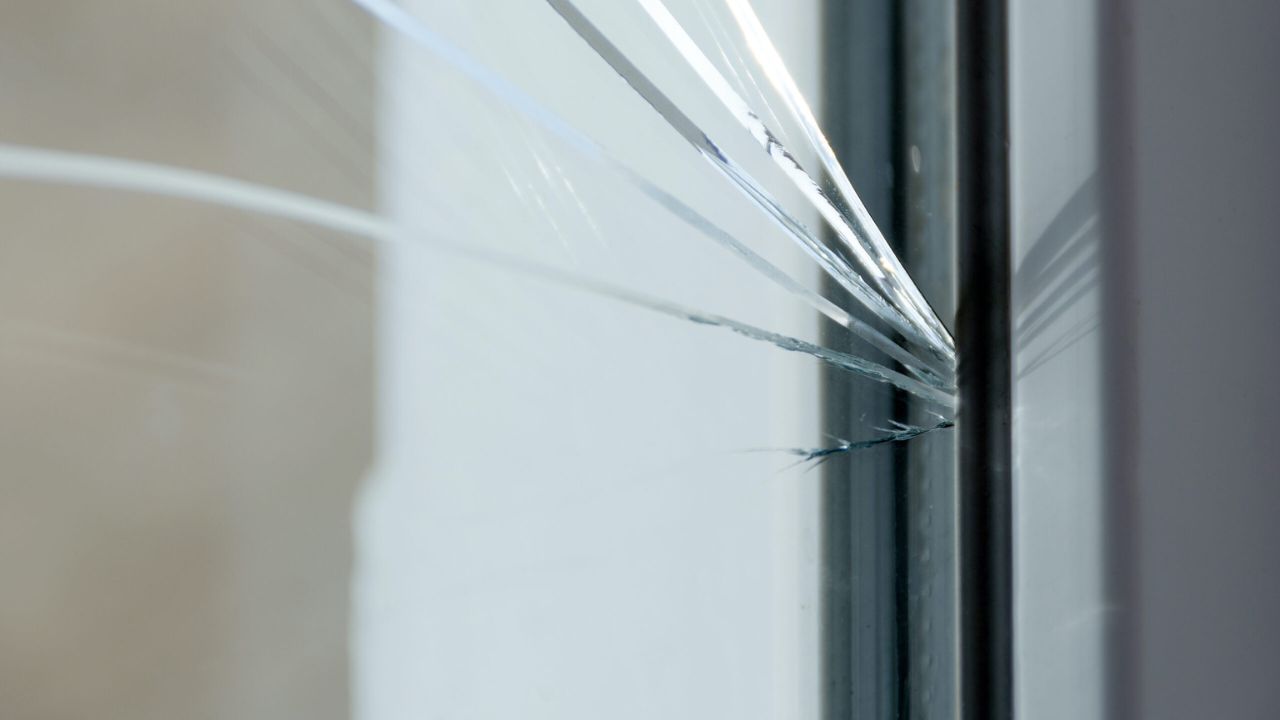
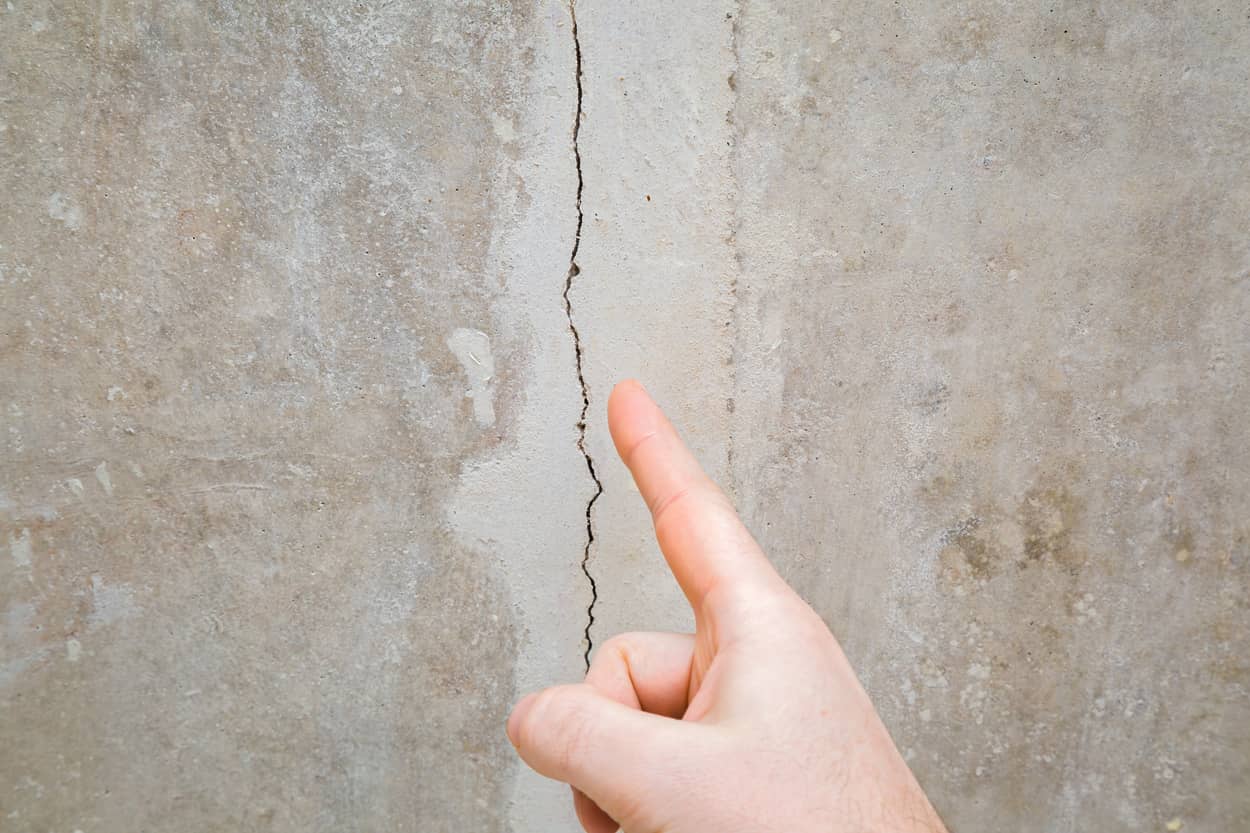
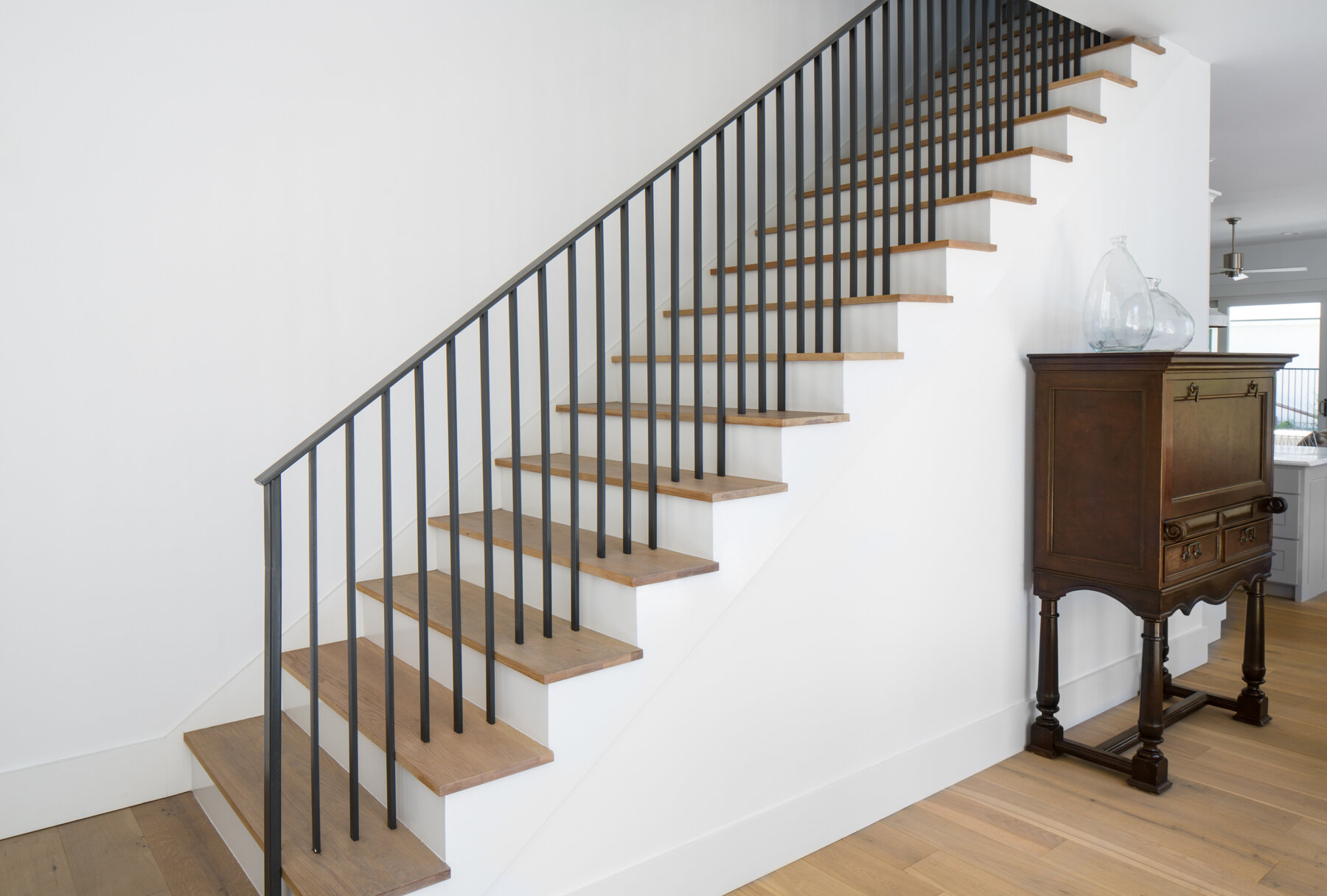

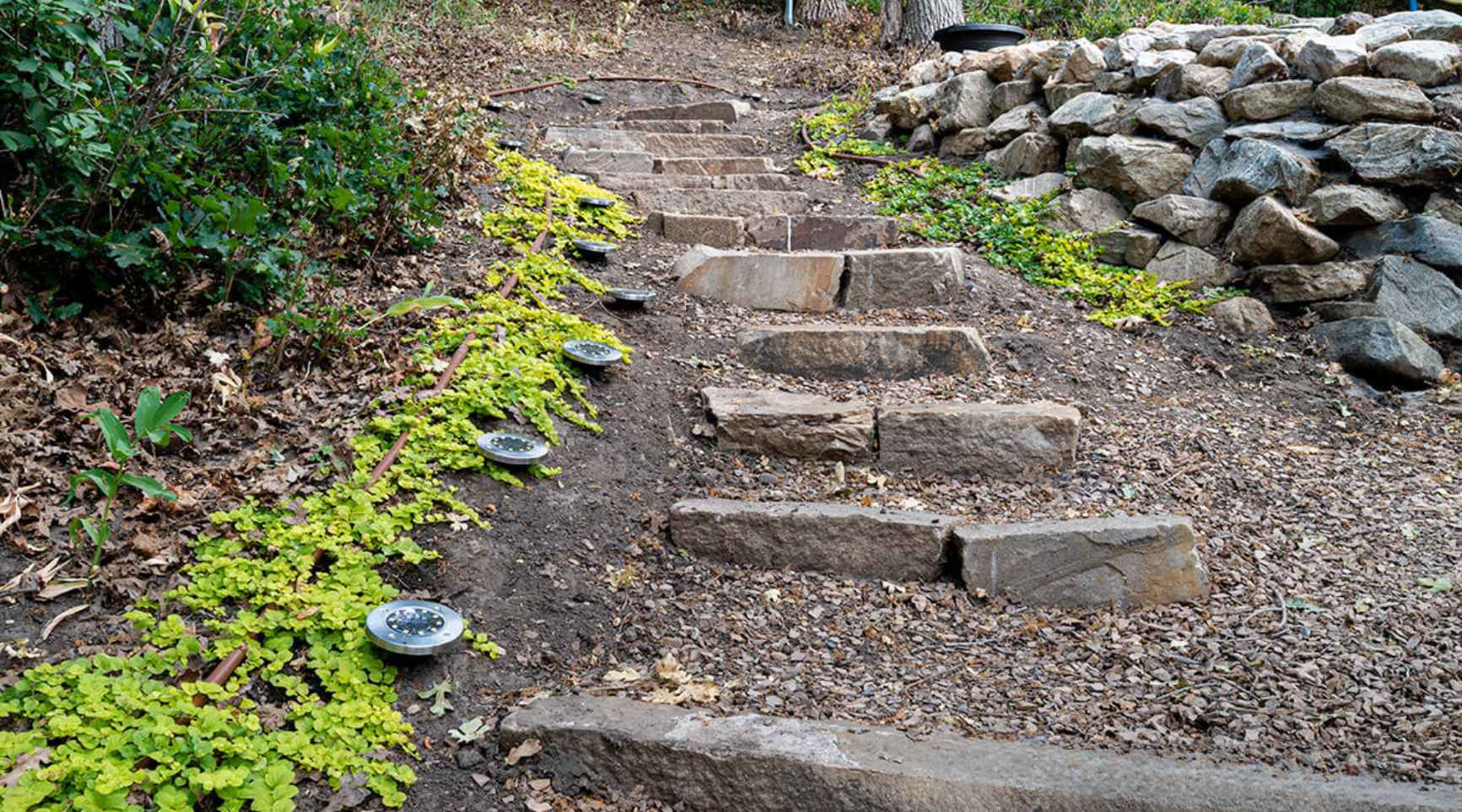
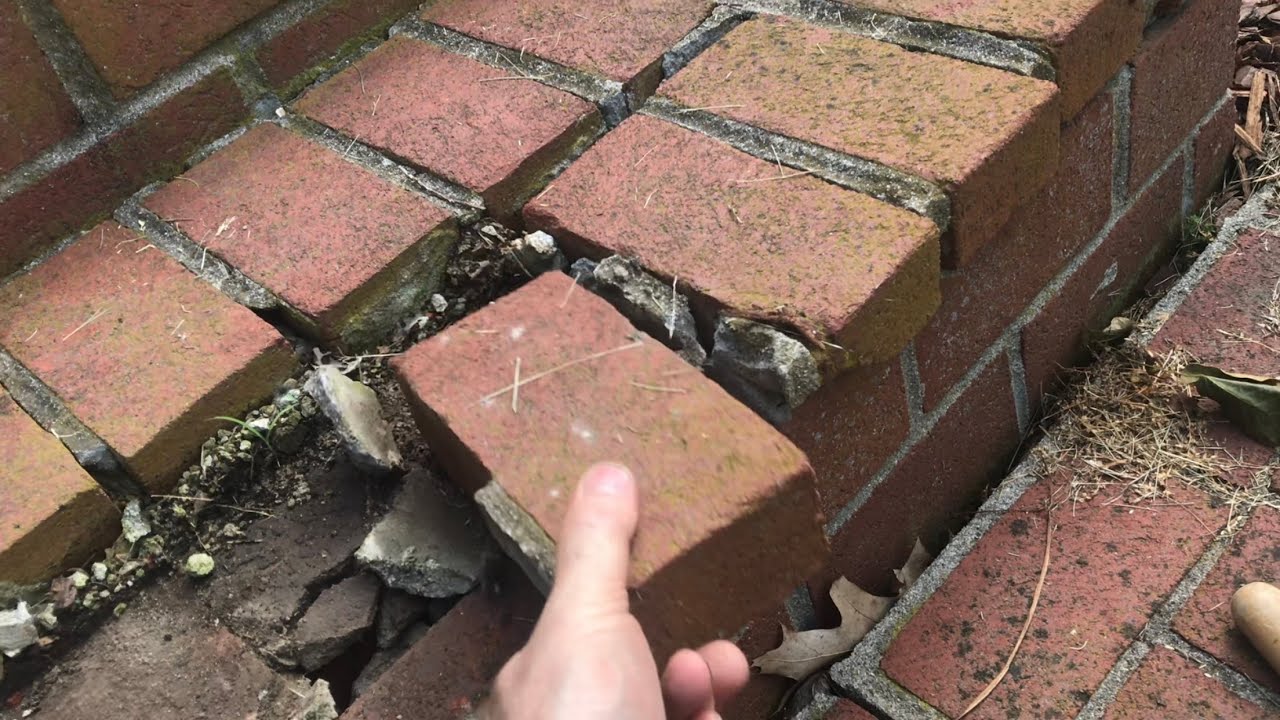

0 thoughts on “How To Fix Stair Step Cracks In Brick”